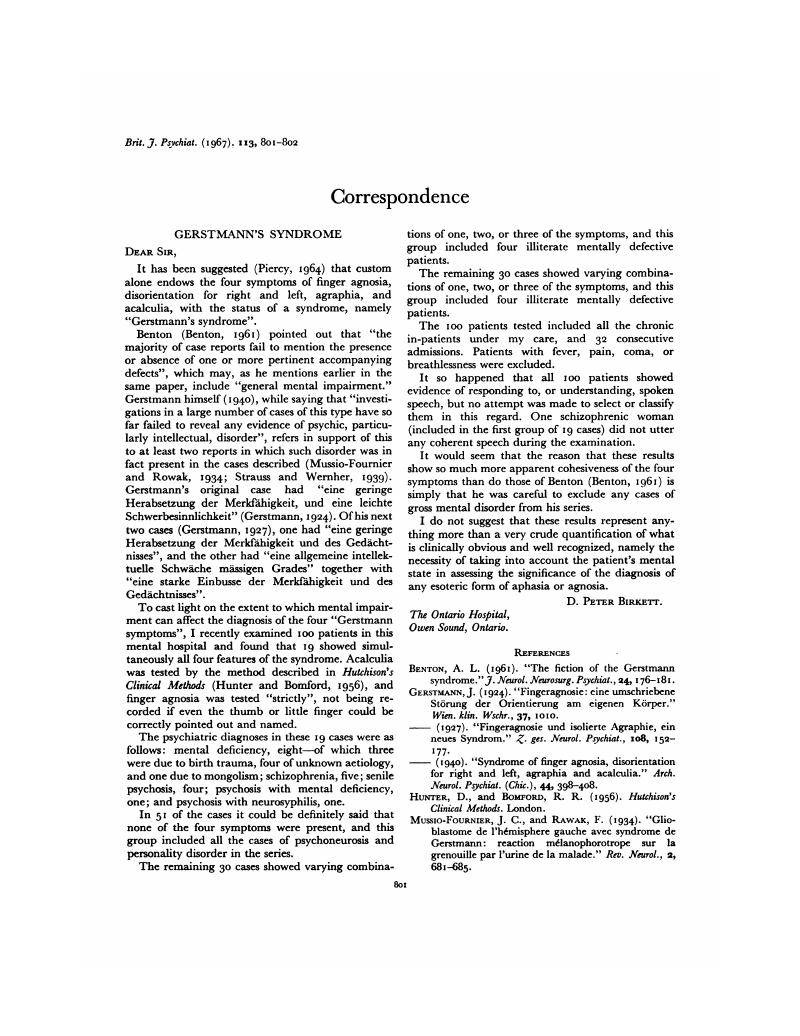Crossref Citations
This article has been cited by the following publications. This list is generated based on data provided by Crossref.
Taylor, Michael Alan
1981.
The Neuropsychiatric Mental Status Examination.
p.
1.
Taylor, Michael Alan
1981.
The Neuropsychiatric Mental Status Examination.
p.
1.






eLetters
No eLetters have been published for this article.